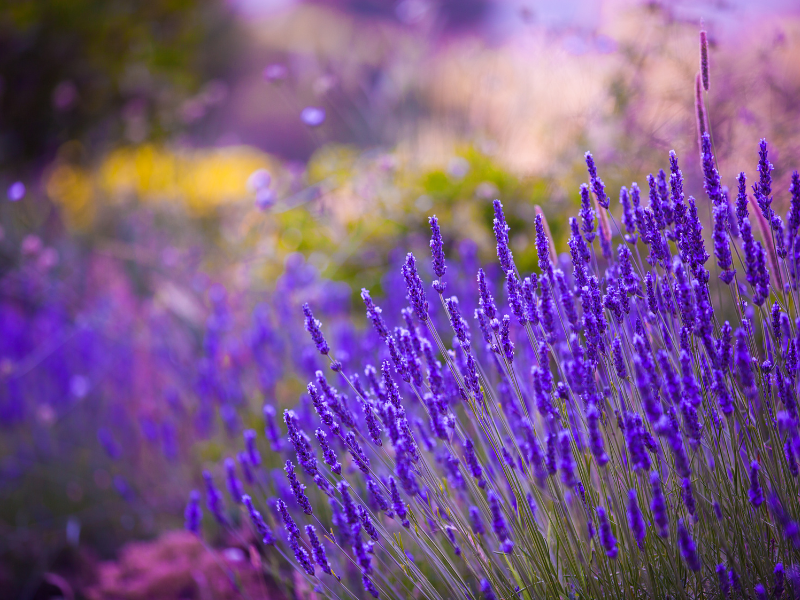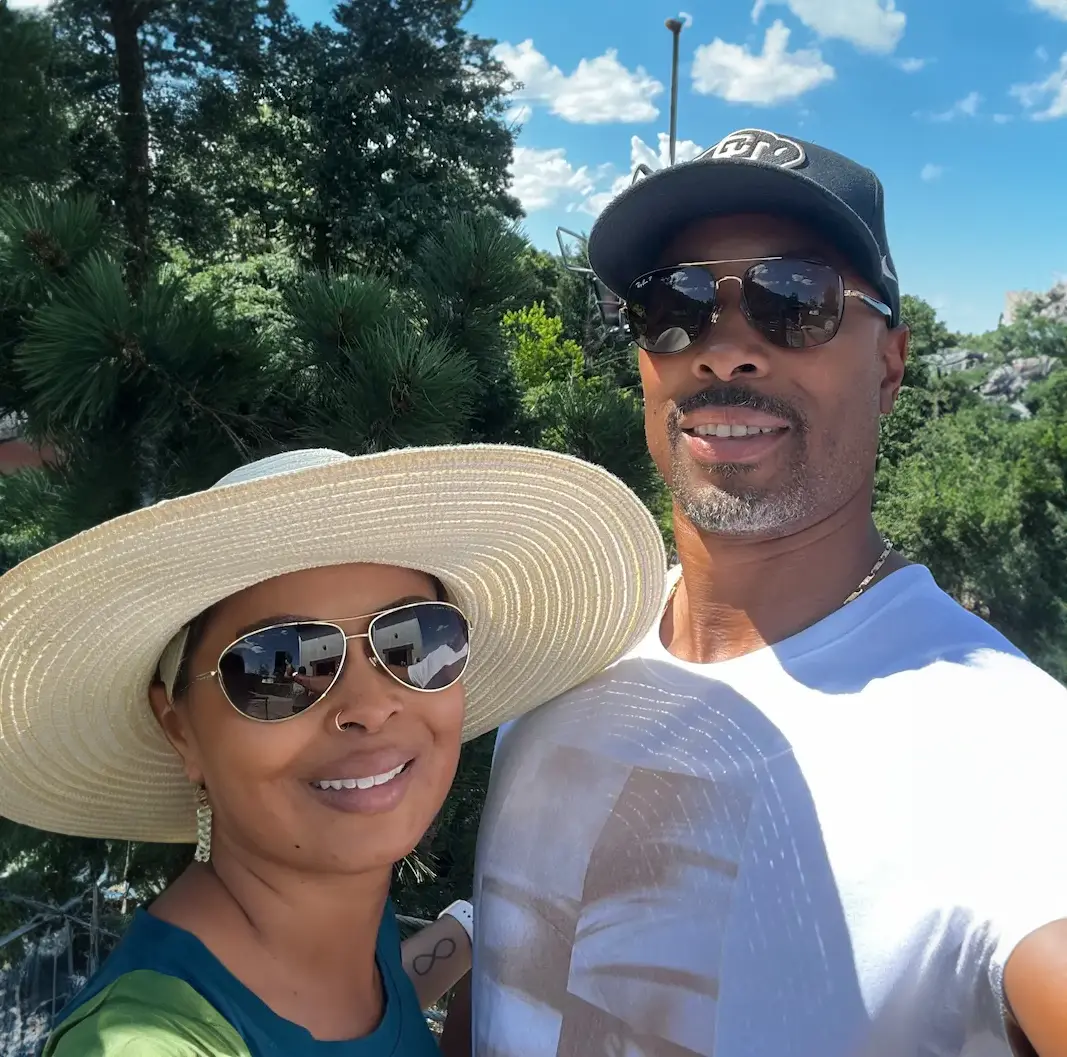Our biggest event of the year is October 7—Prairie Harvest Fest!
Spring may be Colorado’s snowiest season, but that doesn’t mean we can’t dream of fresh garden vegetables and the bounty of blooms that pop up all over Painted Prairie and the rest of the Rockies. It’s also the time that planning this year’s garden gets everyone’s green thumb twitching to start planting seeds to get them ready for the summer. With four community gardens, Painted Prairie has all the space you need to plan, sow, and harvest a garden worth celebrating this year.

Gardening in the Rockies can be challenging, but with a little planning, your container gardens, community garden plots, or even your backyard can be a blooming success this season. Whether you’re a seasoned gardener or embarking on your first gardening adventure, these tips and tricks will help ensure that your Painted Prairie garden is a source of joy and beauty throughout the coming season.
Colorado’s varied elevation means gardeners need to know the specifics about their specific growing zone. Knowing your zone is the key to successful gardening, and dictates what plants will thrive in our area. Zones in Colorado can range widely across the Front Range, with Painted Prairie located in Zone 5b, there can be differences in plant hardiness, climate, and soil that can affect gardening in our area. To learn more about our zone, the USDA Plant Hardiness Zone Map is a great place to start.

The backbone of any garden is its soil. Along the Front Range, the soil can range from sandy to clay-heavy, each with its challenges. Amending your soil with compost is a universal tip for improving its quality, regardless of type. Compost improves drainage in clay soils and helps sandy soils retain moisture, making it an essential step in preparing your garden. When choosing how to amend your soil when planting your plot at one of Painted Prairie’s community gardens or in your backyard containers, Colorado State University’s Extension Office offers a wealth of information for new and experienced gardeners.

The fun part begins! Selecting plants that are not just suitable for our zone but are also resilient to the unique climate conditions Painted Prairie offers is challenging, but also exciting! Native plants are always a safe bet, as they are acclimated to the local climate and often require less maintenance. However, don’t shy away from experimenting with plants that can adapt well to our specific garden conditions. Some plants that traditionally do well in Colorado gardens include Lavender, Penstemon, and Coneflower. Looking to grow your veggies and fruits? Check out this article by Denver Urban Gardens.

We all know that Colorado’s weather can be unpredictable in the spring, with the possibility of frost, hail storms, and even snow in the back of every gardener’s mind. Keep a close eye on frost dates, and weather, and resist the temptation to plant too early. The general rule of thumb in Colorado is to wait to plant anything until after Memorial Day. The last weekend of May is the unofficial start of summer planting and gardening in the state. Consider raising beds or container gardens that can give you more control over soil temperature, allowing for an earlier start. Always be prepared to cover tender plants if an unexpected frost (or hail storm) threatens.

As residents of a Western state that understands the value of water conservation, it’s crucial to implement water-wise practices in your garden. Drip irrigation systems or soaker hoses offer an efficient way to ensure your plants get the moisture they need without losing moisture due to evaporation. Mulching around your plants will not only conserve moisture but also suppress weeds and enrich the soil. We encourage all residents to use water-wise practices when planting their community garden plots each spring.

The City of Aurora’s Water department offers a seasonal preventative maintenance checklist for residents throughout the year. Here are a few tips to help you ensure you’re water-conscious this spring:
Aurora Water’s conservation specialists can assess the condition of your irrigation system at no charge.
A thriving garden is a haven for pollinators. Choose a variety of plants that flower at different times throughout the season to provide a consistent food source. Throughout Painted Prairie’s parks, you’ll notice a variety of native pollinator-friendly plants that you too can use in your gardens. Consider features like bird baths or bee hotels in your garden design that can make your garden more attractive to these essential visitors.

Finally, embrace the unique conditions of your Painted Prairie garden. Instead of trying to fight against nature, work with it! The rugged beauty of the Rockies and the surrounding parks in our community can inspire a garden that’s both resilient and beautiful offering lessons in patience and community.

By understanding your local conditions, preparing your soil, selecting the right plants, and implementing water-wise practices, you’re setting the stage for a garden that not only thrives but also contributes positively to the beauty of your backyard and our community gardens.

Once we heard of Painted Prairie in 2021, we were hooked! We loved the diversity of the community, the open space, and everything else it has to offer. Our house has very rapidly turned into a home. We actually met some of our closest friends at a Painted Prairie event.

Painted Prairie has become a place that feels like home for my family because of the strong sense of community and the diverse and inclusive atmosphere. It’s a place where we can connect with neighbors, support local businesses, and truly feel like we belong. The shared values of unity, diversity, and sustainability in the community align with what our family holds dear. It’s a place where children can thrive, and we can contribute positively to the community.

Being an active community while bringing us together on the different events throughout the year. We have been fortunate to enjoy the farmers markets, the neighborhood BBQ, the pancake breakfast, the family painting class, movies at the park and the Fall Festival! Our son and dog also love all the parks!